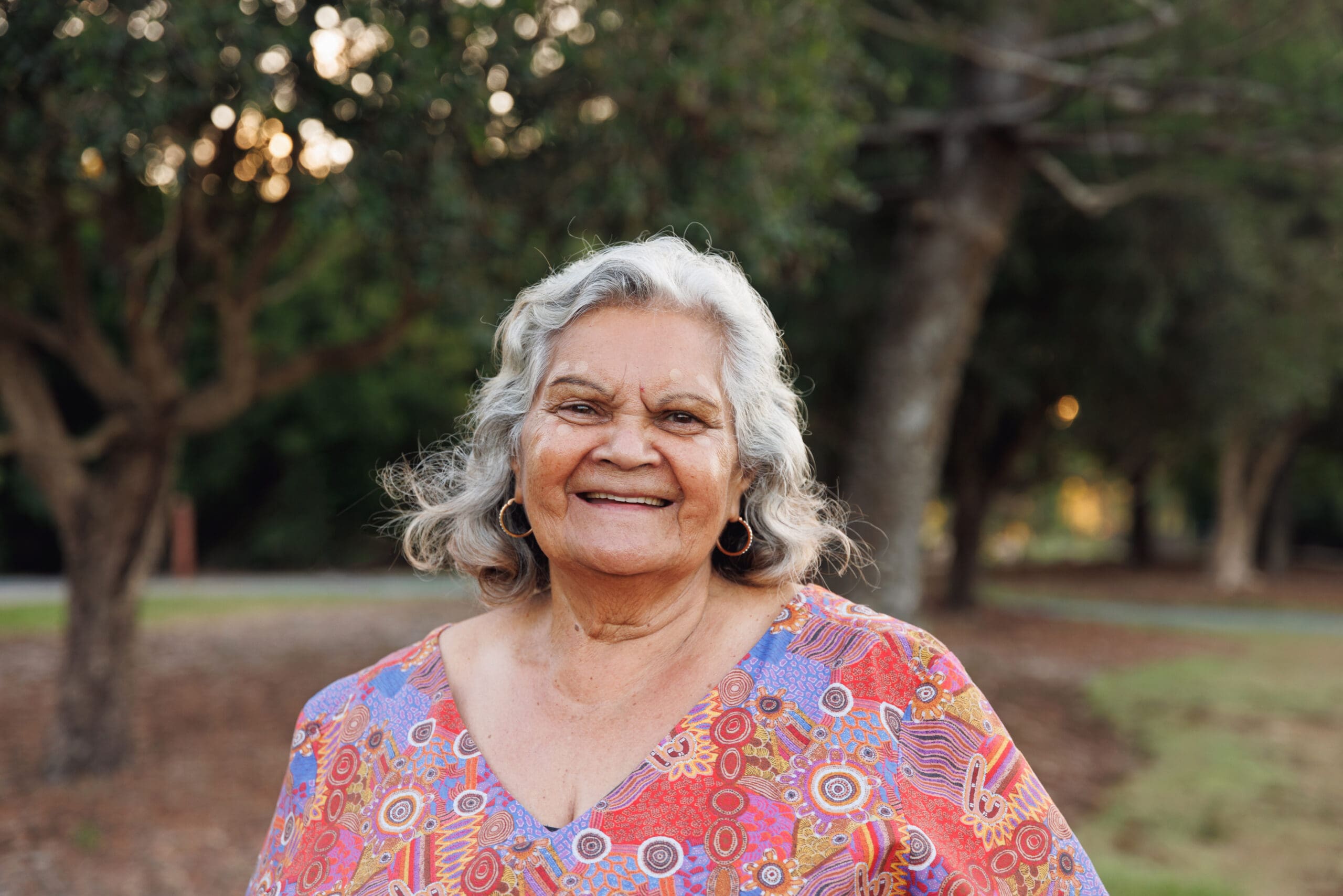Queensland
Brisbane, Gold Coast, Logan, Ipswich, Moreton Bay and Sunshine Coast

On 1 November 2025 the Support at Home (SaH) program began, replacing the Home Care Packages (HCP) and Short‑Term Restorative Care (STRC) arrangements. This new government initiative will bring at-home aged care services under one simpler, more flexible system.
If you’re looking for a Support at Home provider who puts your needs first, Kanda has the experience, compassion and local knowledge to make the journey easier.
If you’re eligible, you’ll get funding to spend on services like nursing, help around the home, transport, mobility equipment or personal care.
Support at Home was developed in response to the Royal Commission into Aged Care Quality and Safety. By combining current in-home aged care programs, they’re building a simpler and fairer system for older people.
If you already have a Home Care Package, you will automatically transition to Support at Home on 1 November 2025. Or you can do an assessment through My Aged Care to find out if you’re eligible for Support at Home. You may be eligible if you:
Learn how to apply for Support at Home from our easy guide.
Support at Home services are divided into three categories. The type of support you access will stay the same. You’ll still get the support you need.
Your contribution depends on your income test and the types of services you receive.
Learn how to apply for Support at Home from our easy guide.
Whatever you need, we’ll find the right mix of services to keep you living life your way.
If you’re already receiving Home Care Package funding, you will move to the same funding level in Support at Home classification.
The final budget amounts will be confirmed before Support at Home starts, but currently they are:
There is also short-term financial support available under the Restorative Care Pathway, End-of-Life Pathway and Assistive Technology and Home Modifications scheme.
Under the “No Worse Off” principle, if you were assessed or were given a Home Care Package before 12 September 2024, you won’t pay more than you did under the previous system. If you already pay fees, your contribution will be the same or lower. If you are a full-rate pensioner who didn’t pay fees before, you still won’t pay fees.
If you were assessed after 12 September 2024, different funding rules apply, so the “No Worse Off” principle won’t apply in the same way. Your contribution (if any) will depend on your income and the type of service.

A trusted support provider in Australia since 1997, Kanda is known for delivering compassionate and reliable care.
Our Support at Home experts can help you transition to Support at Home. Whether you are already approved for a Home Care Package or in the National Priority System waiting for a Home Care Package allocation we can answer your questions and explain what to expect.
We’ll guide you through your options, help with planning and paperwork, and ensure you keep the support you rely on without disruption or confusion.
Under the Support at Home program, you can still choose your own care provider. Kanda is a trusted Support at Home provider with local teams ready to help you through the changes that come with the move to Support at Home.
We’ve been proudly supporting older Australians since 1997. Our Support at Home care is available in the following locations.
Brisbane, Gold Coast, Logan, Ipswich, Moreton Bay and Sunshine Coast
Illawarra
Melbourne
Adelaide and Adelaide Hills
Perth
If the location you’re after isn’t listed above, we’d love to work with you to explore your options and find the right home care arrangement. With Kanda, you’ll have the support and care you need to live independently and confidently in the comfort and familiarity of your own home.
File size: 92 KB
File type: PDF
File size: 98 KB
File type: PDF
File size: 104 KB
File type: PDF
The Statement of Rights sets out the rights of older people in aged care and supports safe, high-quality service delivery.
The Aged Care Code of Conduct explains how aged care workers and providers are expected to behave when delivering care.
The Aged Care Quality Standards define what good care looks like.
The Department of Health, Disability and Ageing’s booklet for older people, family and carers.
Read about the Single Assessment System on the Department of Health, Disability and Aging website
If you can’t afford to pay your fees or contribute to your care costs, you can apply for financial hardship assistance through Services Australia.
An aged care needs assessment identifies the support a person needs and what services they may be eligible for.
Important changes to aged care to ensure older Australians receive the safety, dignity and respect they deserve.
We know the transition to a new system can feel overwhelming, but you don’t have to navigate it alone. Our team is here to explain your options, guide you through assessments, and make sure you and your family feel supported every step of the way.